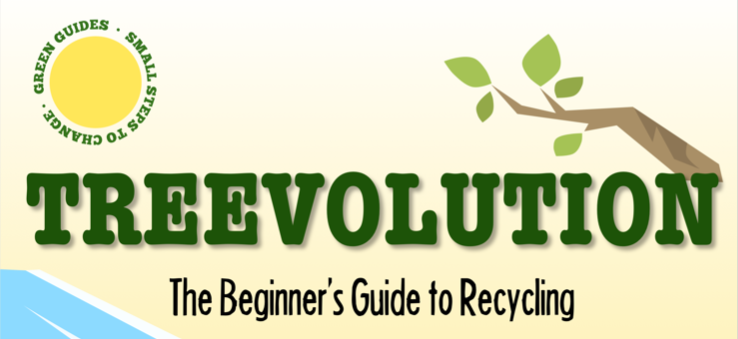Photo: Naja Bertolt Jensen/Unsplash
How we’re turning the ocean into plastic soup
In the late 1990s, Charles Moore discovered a huge swath of plastic rubbish, ‘the size of two Texases’, in the Pacific Ocean. Discarded plastic accumulates there in an enormous slow whirlpool created by competing air currents known as the Pacific Gyre.
Moore has been carrying out research on the plastic floating in the Pacific for years and he tries to raise awareness about the problem through the Algalita Marine Research Foundation in California.
Plastic is a petrochemical product and it never biodegrades. Instead, it photodegrades, which means it is broken down into even smaller pieces by sunlight over a very long period of time.
Much of the plastic floating in the Pacific Gyre is in the form of small particles, so rather than a rubbish dump of floating bottles and bags, Moore describes it as a ‘plastic soup’.
Everlasting plastic
This is how long it takes these plastic items to photodegrade:
- A fishing line can take 600 years to break down
- A disposable nappy can take 450 years
- A plastic bottle can take 450 years
- A plastic toothbrush can take 400 years

Effect on marine life
The first synthetic plastic, Bakelite, was produced in 1907. So, in effect, over 100 years’ worth of plastic has accumulated on Earth and it’s going to keep piling up unless we do something about it.
The Pacific ocean rubbish dump has a terrible effect on marine life. ‘Many birds accidentally eat plastic and other marine debris floating in the ocean, mistaking it for food,’ says the Smithsonian Institution.
Baby albatrosses have been found with bottle tops and other plastic rubbish in their stomachs, fed to them by their parents. Animals also become entangled in fishing nets and line.
All that plastic in the ocean can also affect human health. According to the research foundation, the plastic in the ocean absorbs pollutants such as polychlorinated biphenyls and pesticides.
Marine organisms eat the tiny bits of plastic and these pollutants accumulate in their tissues. In this way, the pollutants enter the food chain and into the food we eat. And as a result, no fishmonger can guarantee you an organic wild fish, Moore says.
It’s unrealistic and costly to try and rid the ocean of all the plastic that’s already in it. Instead, experts say we should clean our beaches and streets.
About 80% of the rubbish in the ocean originates on land, washing down storm water drains and rivers into the sea. So the moral of the story is: Use less plastic.
Notebook
- Watch Charles Moore’s TED Talk: Seas of plastic
- Read about the ‘Great Plastic Awakening’ on the Algalita website
- National Geographic’s explainer on the Great Pacific Garbage Patch
- 5 Gyres Institute’s video on Ocean Gyres
This story was edited on 24 July 2023 to reflect editorial style, insert a chart and update external links.

